One of my recent projects was to enroll in a year-long dog training course, through Animal Behavior College. I’m learning about operant conditioning, and the biological and environmental factors that create different types of temperaments in dogs. It’s fascinating stuff, and much of it is similar to what I’ve learned working with horses. There are many parallels, but dogs are not horses, and I still have a lot to learn before becoming a certified dog trainer. My hope is that I will eventually be able to take these new skills and bring them to my clients, as an addition to my Equine Assisted Learning practice. We all need to know more about how to be the best possible dog owners, and how to create the most harmonious relationships between ourselves, our family members, and our canine companions. To offer training skills to my clients will be an exciting new direction for my work. I also plan to develop and offer Canine Assisted Learning sessions in the future, working with the client’s own dog, and, in the near future, with a talented CAL dog that has been trained specifically for this kind of therapeutic work.
Operant conditioning is the philosophy of training that allows for the natural instincts of dogs to be used and reinforced with positive methods and rewards, in order to encourage the dog to offer its best behaviors consistently and willingly, without fear of punishment from the human trainer. Dogs perform best when given rewards, as do horses. But I’m sure you’ve all experienced the pushy horse that shoves and nips for treats, throwing its weight around in a potentially dangerous way, or refusing to perform unless bribed with carrots or other goodies.
When I was a kid, back in the old days, our riding teacher taught us that carrots were not to be offered as part of training, as the horse would become too demanding. I learned to ask for certain behaviors with proper cues, and to reward with pats and gentle hands. My horses were well cared for, but not given lots of extras or goodies. I carried a crop on certain horses, and even wore spurs occasionally. My hands were light and I took great care to avoid pulling or dragging on the bit. My legs were strong and secure, and I never kicked or smacked my horse. But it was a tough love sort of regimen, not heavy on positive reinforcement, for me or the horse. A job well done was supposed to be satisfaction enough, for both of us, and any mistake was met with the trainer’s stern demand to try again, until perfected.
Nowadays, riders and dog owners are encouraged to emphasize the natural way of riding and dog training, giving the animal lots of positive reinforcements, rewards and treats, and allowing for mistakes to be made without recriminations or punishment. We are told that a dog should be allowed to offer the right behavior, and that a rider should give their horse the opportunity to behave naturally, with minimal human intervention. It’s a whole new world.
Becoming certified in Equine Assisted Learning and Psychotherapy, and working as an Equine Specialist for the past seven years, has allowed me to become much more fluent in natural horse behavior and non-verbal communication. When I work with clients, or practice EAL with my horses, I’m always aware of the differences that emerge from my horseback riding background. I’m able to observe and interact with horses without the added complication of saddle, bridle, dressage drills or jumping courses. There is no explicit goal, just a chance to be with and enjoy the horse as it behaves naturally with other horses, and with people. We co-exist, communicating our needs, desires, fears, and joys, without effort or subterfuge. What a revelation!
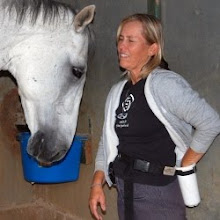.jpg)
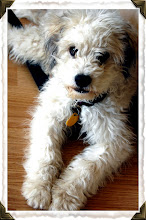

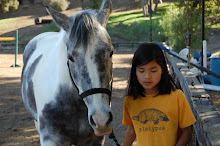


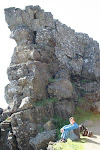
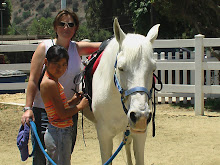
No comments:
Post a Comment